Additional notes (click to expand)
Commemorative
Christopher Colombus's expediton found inhabitants of Santo Domingo, smoking tobacco in 1492. In 1560 , Jean Nicot de Villemain brought tobacco seeds as a 'wonder drug' to the French Court. In 1586 the botanist Jaques Dalechamps called it Herba Nicotiana.
Neuwinger, HD. (1996). African Ethnobotany: Poisons & Drugs, Chapman & Hall p.837
Named for Jean Nicot ( 1530-1600) French Ambassador to Lisbon, who introduced tobacco into France.
Stearn, W.T. (1996). Dictionary of Plant Names for Gardeners. Cassell.
Medicinal
Nicotiana rustica. Nicotine. The tobacco plant N. tabacum and its relatives have been important in medicine and science in several different ways. Everyone should now know of the damage that smoking does by causing cancers and heart and lung disease. The tobacco plant is also favoured by scientists in basic studies of how DNA operates in plants and how it can be controlled. Nicotine extracted from tobacco is one of the oldest known alkaloids. Studying how it acts on many organs was key to understanding how the brain sends signals to stimulate or inhibit nerve and other cells. That led eventually to the discovery of the beta-blockers and beta-stimulants, classes of drugs that have revolutionised the treatment of heart disease, high blood pressure and asthma in the past 70 years.
William Harvey and plant derived medicines currently used in cardiovascular medicine, Prof Michael de Swiet's Notes 2018
Other use
Smoked as tobacco by South American Indians for ritual and pleasure.
Wink, Michael & Ben-Erik van Wyk (2008). Mind-Altering and Poisonous Plants of the World. Timber Press
Wild or Aztec tobacco cultivated in pre Columbian times in Mexico and E. N. America.
Mabberley, D.J. (1997) The Plant Book, ed.2, Cambridge University Press p.489
Toxicity
Extensive notes on its use as a poison in Africa. May contain up to 18% nicotine per dry weight of leaf. Toxicology discussed, lethal dose of nicotine is about 40-60mgms orally.
Neuwinger, HD. (1996). African Ethnobotany: Poisons & Drugs, Chapman & Hall pp.842-3
Toxic
Professor Anthony Dayan, 2022
"Humans/pets: Harmful if eaten; avoid skin contact."- HTA guidelines
HTA Guide to Potentially Harmful Plants, 3rd Edition (2022)
Nicotiana rustica L.
Family: SOLANACEAEGenus: Nicotiana
Species: rustica L.
Common names: Aztec Tobacco; Wild Tobacco
Distribution summary: W.S.America
Habit: Annual
Garden status: Currently grown
Garden location: Southern Hemisphere Wolfson bed (N), Olive tree bed (O)
Reason for growing: Medicinal, other use, toxic
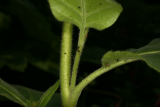
.JPG)
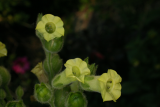
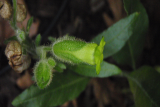
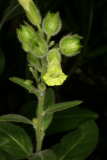
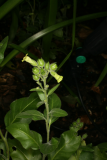

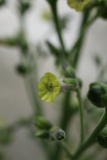
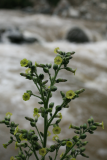
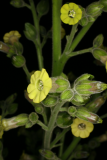
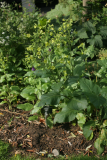
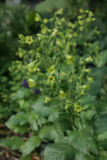

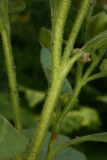

.JPG)
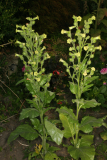
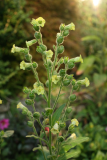
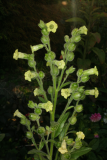
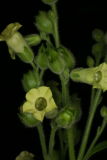
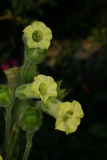
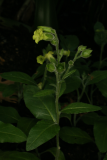
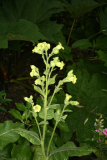
.JPG)
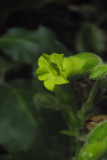
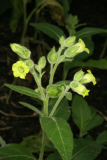
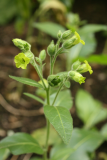
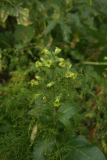
.JPG)
.JPG)
.JPG)